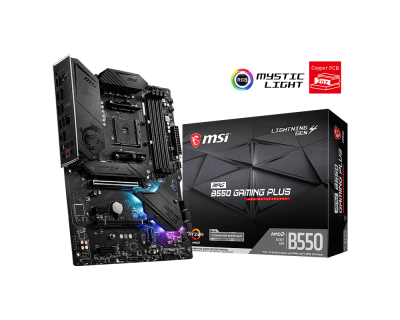- Joined
- Jun 2, 2017
- Messages
- 9,828 (3.38/day)
| System Name | Best AMD Computer |
|---|---|
| Processor | AMD 7900X3D |
| Motherboard | Asus X670E E Strix |
| Cooling | In Win SR36 |
| Memory | GSKILL DDR5 32GB 5200 30 |
| Video Card(s) | Sapphire Pulse 7900XT (Watercooled) |
| Storage | Corsair MP 700, Seagate 530 2Tb, Adata SX8200 2TBx2, Kingston 2 TBx2, Micron 8 TB, WD AN 1500 |
| Display(s) | GIGABYTE FV43U |
| Case | Corsair 7000D Airflow |
| Audio Device(s) | Corsair Void Pro, Logitch Z523 5.1 |
| Power Supply | Deepcool 1000M |
| Mouse | Logitech g7 gaming mouse |
| Keyboard | Logitech G510 |
| Software | Windows 11 Pro 64 Steam. GOG, Uplay, Origin |
| Benchmark Scores | Firestrike: 46183 Time Spy: 25121 |
You could get that if indeed the hardware is there. I did do a build using that board and it was fine.None of that is remotely gonna happen. This is a purely gaming PC with two SATA SSDs (no m.2 hardware whatsoever) and no plans on additional hardware. The current motherboard has died so the client is seeking for a replacement. I just wanna make sure it won't blow up, that's all I am asked to care for. It has to fit: a CPU (5800X), RAM (2 one-rank sticks of 3200 MHz), a GPU (RTX 2060 Super), two SATA drives, a keyboard, a mouse, and a USB headset. The owner is only planning on GPU upgrades but doesn't have money for now.
What about MSI B450M PRO-VDH MAX? I more than dig its price and it looks overqualified.



![20240217_113741[1].jpg 20240217_113741[1].jpg](https://tpucdn.com/forums/data/attachments/325/325016-3ff6c2e35cea223709f3d164b839a2b0.jpg?hash=P_bC41zqIj)


